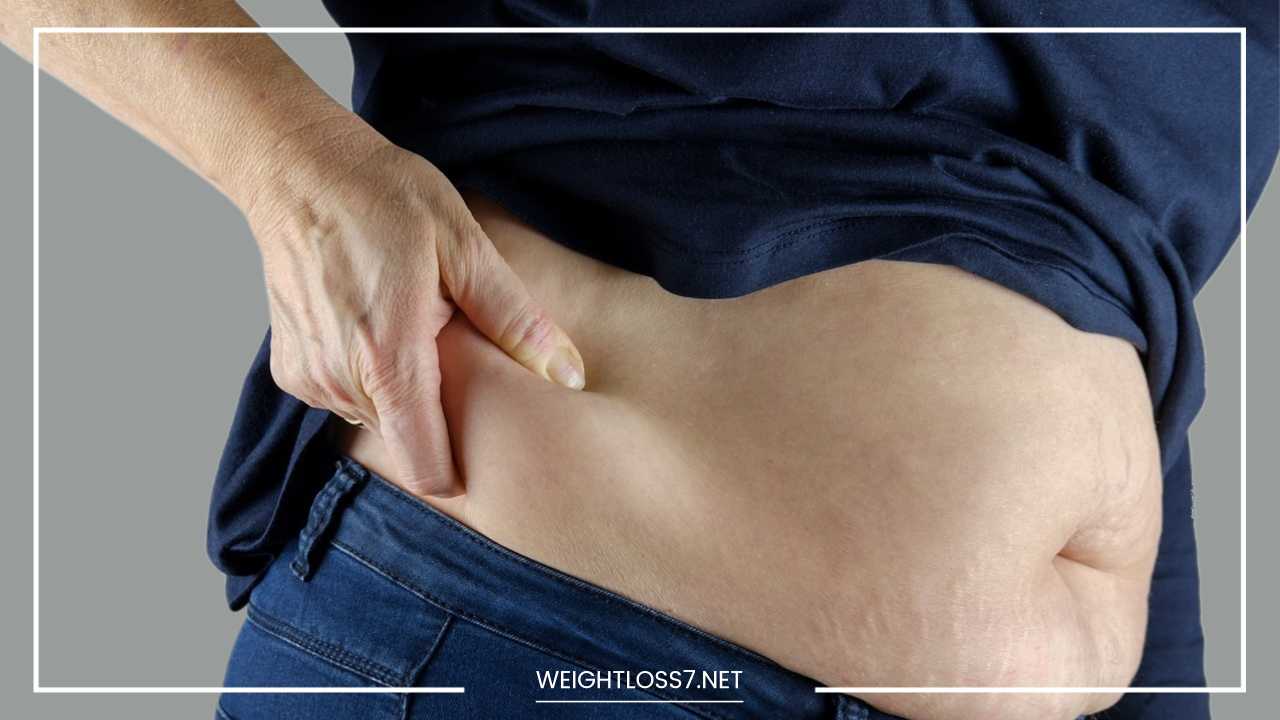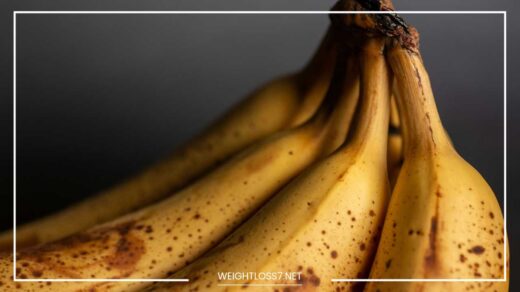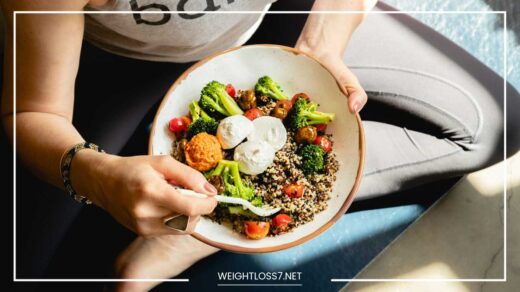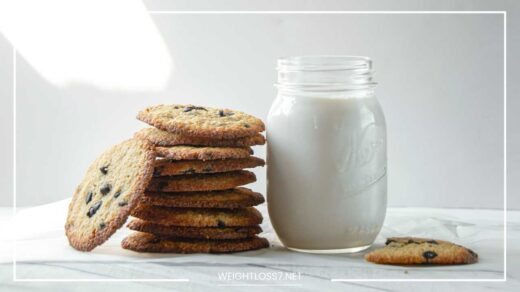How to Get Rid of Love Handles: Diet, Exercise & More

Get Rid of Love Handles
Conquering Your Core: A Comprehensive Guide to Reducing Love Handles
Love handles. The mere mention of them can conjure up feelings of frustration and self-consciousness. Those not-so-affectionately named pockets of fat around the waist and lower back can be a persistent challenge for many.
But fear not, fellow fitness warriors! With a well-rounded approach that combines healthy habits, targeted strategies, and a sprinkle of patience, you can whittle down your waistline and achieve a more sculpted physique.
This comprehensive guide delves into the world of love handles, exploring their causes, effective reduction methods, and sustainable lifestyle changes. We’ll equip you with the knowledge and tools to tackle these stubborn fat deposits head-on.
Understanding the Enemy: What are Love Handles and Why Do They Appear?
Love handles, also known as flank fat or hip rolls, are deposits of subcutaneous fat that accumulate around the waist and lower back. While genetics can play a role in their predisposition, several key factors contribute to their development:
-
Diet: Our modern diet, often laden with added sugars, processed foods, and unhealthy fats, creates a perfect storm for weight gain and fat storage around the midsection. Consuming excessive sugary drinks, indulging in processed snacks, and relying heavily on refined carbohydrates contribute significantly to love handle formation.
-
Lack of Exercise: A sedentary lifestyle is an open invitation for fat accumulation throughout the body, including the love handle region. When physical activity is minimal, the body efficiently stores excess calories as fat, leading to an increase in waist circumference.
-
Stress: Chronic stress is a sneaky culprit when it comes to love handles. When we’re stressed, our bodies release cortisol, a hormone that triggers the storage of fat around the abdomen. This “fight-or-flight” response from our primal past can work against us in modern times, leading to the development of love handles.
-
Hormonal Imbalances: Fluctuations in estrogen and testosterone levels, particularly during menopause or andropause, can influence how our bodies distribute fat. These hormonal shifts can lead to a more centralized fat pattern, making love handles a more prominent concern.
Dispelling the Myth of Spot Reduction: A Holistic Approach
While it’s tempting to target love handles with specific exercises in the hope of rapid results, it’s important to understand that fat loss is a systemic process. You can’t “spot-reduce” fat; exercises won’t burn fat only in a particular area.
However, incorporating a combination of cardio and strength training creates an overall calorie deficit, leading to fat loss throughout your body, including the love handles. Think of it like shrinking a balloon – the entire balloon gets smaller, not just a specific section.
Building a Two-Pronged Attack: Diet and Exercise for Sustainable Fat Loss
Here’s a breakdown of effective strategies for tackling love handles from both dietary and exercise perspectives, providing you with a well-rounded approach for long-term success:
Diet: Fueling Your Body for Fat Loss
-
Embrace Whole Foods: This is the foundation of a healthy diet for love handle reduction. Focus on unprocessed, nutrient-dense foods like fruits, vegetables, whole grains, and lean protein sources. These foods keep you feeling fuller for longer, reducing cravings and aiding weight management. Think colorful plates overflowing with fresh produce, whole-grain options like brown rice or quinoa, and lean protein sources like chicken, fish, or legumes.
-
Slash Added Sugar: Sugar is a major culprit in weight gain and belly fat accumulation. It’s hidden in many processed foods, sugary drinks, and even seemingly healthy options like breakfast cereals. Limit sugary drinks like sodas, fruit juices, and commercially prepared coffees. Scrutinize food labels for added sugars and opt for low-sugar or sugar-free alternatives whenever possible.
-
Befriend Healthy Fats: Don’t be afraid of healthy fats like avocados, nuts, seeds, and olive oil. These fats promote satiety, improve heart health, and may help regulate blood sugar levels. Including healthy fats in your diet helps you feel satisfied and reduces the urge to overeat. Opt for a drizzle of olive oil on your salad, snack on a handful of almonds, or incorporate avocado into your meals for a creamy and satisfying addition.
-
Fiber is Your Friend: Fiber adds bulk to your diet, promoting feelings of fullness and aiding digestion. High-fiber foods help you feel satisfied after meals, reducing the likelihood of unhealthy snacking. Include fruits like berries and apples, vegetables like broccoli and Brussels sprouts, legumes like lentils and chickpeas, and whole grains like oats and brown rice in your meals to boost your fiber intake.
-
Portion Control is Key: Be mindful of your portion sizes. It’s easy to underestimate how much you’re actually eating. Use smaller plates, measure out servings using measuring cups,and avoid mindlessly snacking while watching TV or working on the computer.
Exercise: Building Muscle and Burning Calories
-
Cardio for Calorie Burning: Aim for at least 150 minutes of moderate-intensity cardio or 75 minutes of vigorous-intensity cardio per week. Activities like brisk walking, swimming, cycling, dancing, rowing, or jumping rope are excellent choices for burning calories and creating an overall calorie deficit. This deficit is crucial for promoting fat loss throughout your body, including the love handles.
-
Strength Training Builds Muscle: Building muscle mass boosts your metabolism, helping you burn more calories even at rest. Include strength training exercises targeting your core, back, and hips 2-3 times a week. This will not only help whittle down your waistline but also improve overall posture, stability, and functional strength. Exercises like squats, lunges, deadlifts, rows, planks, and Russian twists are excellent choices for building a strong core and sculpted physique.
-
Compound Exercises for Efficiency: Focus on compound exercises that work multiple muscle groups simultaneously. These exercises are more time-efficient and burn more calories compared to isolation exercises that target a single muscle group. Squats, lunges, rows, deadlifts, push-ups, and pull-ups are all fantastic examples of compound exercises that will help you build muscle and burn fat effectively.
-
Don’t Neglect Your Core: While core-strengthening exercises like planks, Russian twists, and bicycle crunches alone won’t eliminate love handles, they contribute to overall core strength and definition. A strong core improves posture, stability, and provides a foundation for other exercises, ultimately aiding in your overall fitness journey.
-
HIIT for Extra Burn: High-Intensity Interval Training (HIIT) alternates between short bursts of intense exercise and recovery periods. HIIT can be a time-efficient way to burn more calories and improve overall fitness compared to steady-state cardio. Sample HIIT workouts can involve sprinting intervals followed by walking recoveries, or burpees alternated with rest periods.
Remember: Consistency is key. Aim for a sustainable routine that you can stick with in the long run. Don’t get discouraged if you don’t see results overnight; fat loss takes time and dedication.
Lifestyle Tweaks for Long-Term Success: Optimizing Your Approach
Beyond diet and exercise, incorporating these lifestyle tweaks into your routine can significantly improve your chances of achieving and maintaining a love handle-free physique:
-
Prioritize Sleep: Aim for 7-8 hours of quality sleep each night. Sleep deprivation disrupts hormones that regulate appetite and metabolism, potentially promoting weight gain and hindering fat loss efforts. Establish a relaxing bedtime routine, create a sleep-conducive environment, and avoid screen time before bed to ensure a good night’s rest.
-
Manage Stress: Chronic stress can sabotage your weight loss efforts. Practice stress-management techniques like yoga, meditation, deep breathing exercises, spending time in nature, or listening to calming music. Find healthy outlets for stress that help you unwind and de-stress.
-
Stay Hydrated: Drinking plenty of water helps with digestion, reduces bloating, and keeps you feeling full. Aim to consume water throughout the day, especially before meals to help curb your appetite.
-
Limit Alcohol Consumption: Alcohol is high in calories and can hinder fat loss efforts. Moderate your alcohol intake or eliminate it completely for optimal results. If you do choose to indulge, opt for lower-calorie options like light beers or mixed drinks with sugar-free mixers.
-
Cook More at Home: Cooking at home gives you more control over the ingredients in your meals. This allows you to limit unhealthy fats, added sugars, and sodium, while ensuring you’re getting the nutrients your body needs. Experiment with healthy recipes, explore new cuisines, and involve loved ones in the cooking process for added enjoyment.
-
Find an Accountability Partner: Having a workout buddy or joining a fitness class can provide motivation and support. Partnering with someone who shares your fitness goals can keep you accountable and make exercise more enjoyable.
-
Celebrate Non-Scale Victories: Focus on progress, not just the numbers on the scale. Celebrate non-scale victories like increased energy levels, improved stamina, better fitting clothes, and a stronger core. These achievements are just as important as weight loss and signal progress towards your goals.
Advanced Strategies and Considerations: Taking it to the Next Level
While the core principles outlined above provide a solid foundation for tackling love handles, there are additional strategies you can explore for further optimization. Here’s a deeper dive into some advanced concepts:
Understanding Macronutrients:
A well-balanced diet that considers macronutrients – carbohydrates, protein, and fat – is crucial for sustainable weight loss and optimal health. Aim for a balanced intake of these macronutrients to support your fitness goals and manage love handles. Here’s a general breakdown:
- Carbohydrates: Complex carbohydrates like whole grains, fruits, and vegetables provide sustained energy and dietary fiber. Limit refined carbohydrates like white bread, pastries, and sugary drinks.
- Protein: Protein is essential for building and repairing muscle tissue, and it also promotes satiety. Include lean protein sources like chicken, fish, legumes, and eggs in your diet.
- Fats: Healthy fats like avocados, nuts, seeds, and olive oil provide essential nutrients, support hormone function, and contribute to feelings of fullness.
Consider consulting a registered dietitian to create a personalized macronutrient plan that aligns with your individual needs and goals.
Carb Cycling:
Carb cycling involves strategically varying your carbohydrate intake throughout the week. This can help regulate blood sugar levels, boost metabolism, and potentially aid in fat loss.
However, carb cycling can be complex, and it’s not suitable for everyone. Consult a certified nutrition coach or do thorough research before implementing this strategy.
Intermittent Fasting:
Intermittent fasting (IF) involves cycling between periods of eating and fasting. Studies suggest IF can promote weight loss and improve metabolic health.
However, IF isn’t a magic bullet for love handle reduction, and it’s essential to consult your doctor before starting any form of fasting, especially if you have any underlying health conditions.
Supplements:
Certain supplements may offer some support for weight loss and fat burning. However, they should never be a replacement for a healthy diet and exercise program.
Consider options like green tea extract, conjugated linoleic acid (CLA), or fish oil, but always consult your doctor before starting any new supplements.
Strength Training Progression:
As you get stronger, your body will adapt to your current exercise routine. To continue challenging your muscles and promoting muscle growth, consider progressive overload. This involves gradually increasing the weight, sets, or reps of your strength training exercises over time.
This keeps your workouts challenging and helps you build more muscle, ultimately boosting your metabolism and aiding in fat loss.
Mindset and Motivation:
Developing a healthy relationship with food and exercise is crucial for long-term success. Focus on nourishing your body with healthy foods and view exercise as a celebration of your body’s capabilities.
Set realistic goals, celebrate progress, and don’t be discouraged by setbacks. Remember, consistency is key, and a positive mindset will fuel your journey towards a healthier you.
Final Word: A Lifelong Commitment to Wellness
Saying goodbye to love handles and achieving a healthier physique requires a commitment to a long-term lifestyle change. By incorporating the strategies outlined in this guide, you’ll equip yourself with the knowledge and tools to tackle those stubborn fat deposits.
Remember, there’s no quick fix, but with dedication, consistency, and a focus on overall well-being, you can achieve your fitness goals and embrace a healthier, more confident you.

















